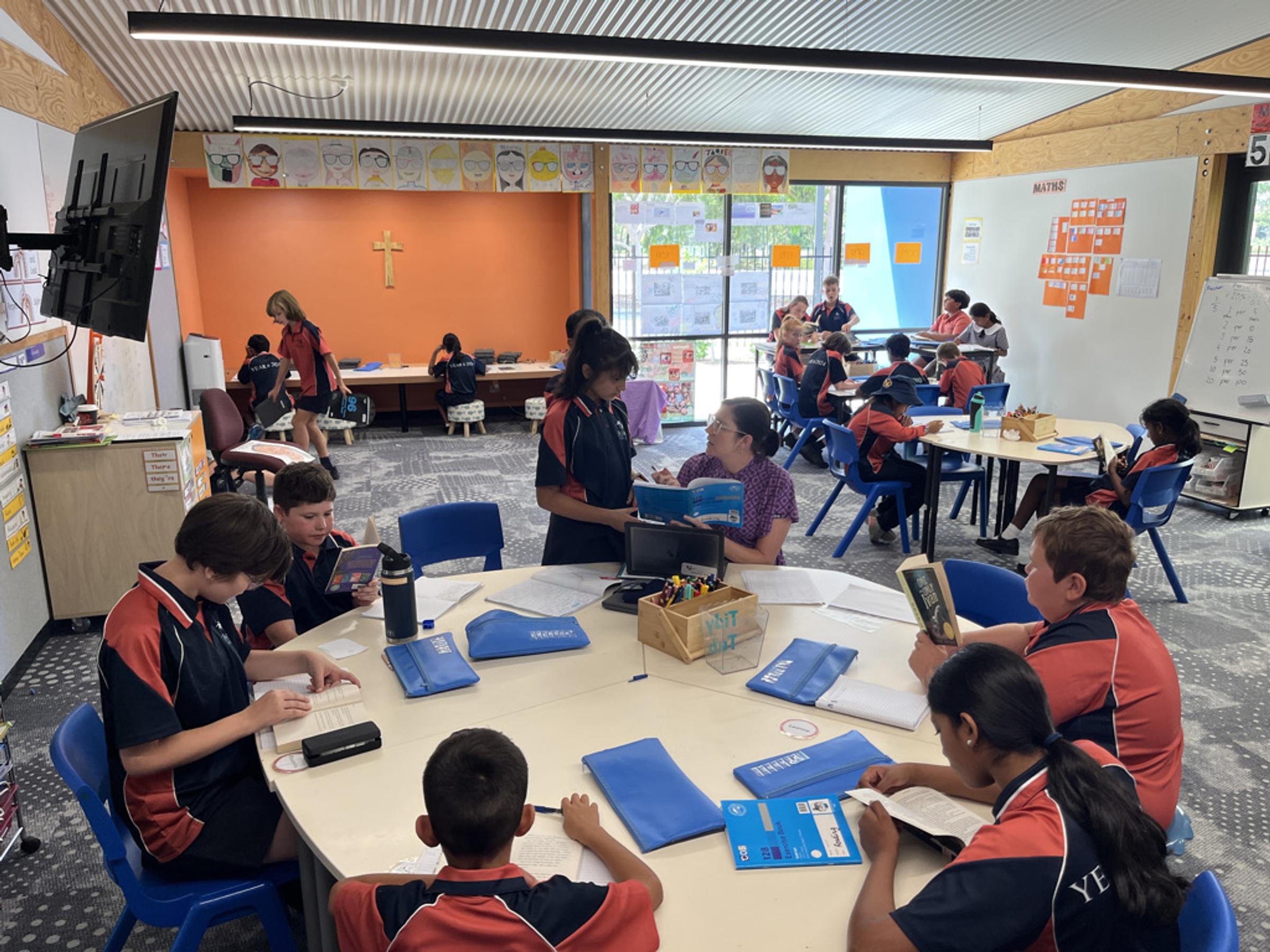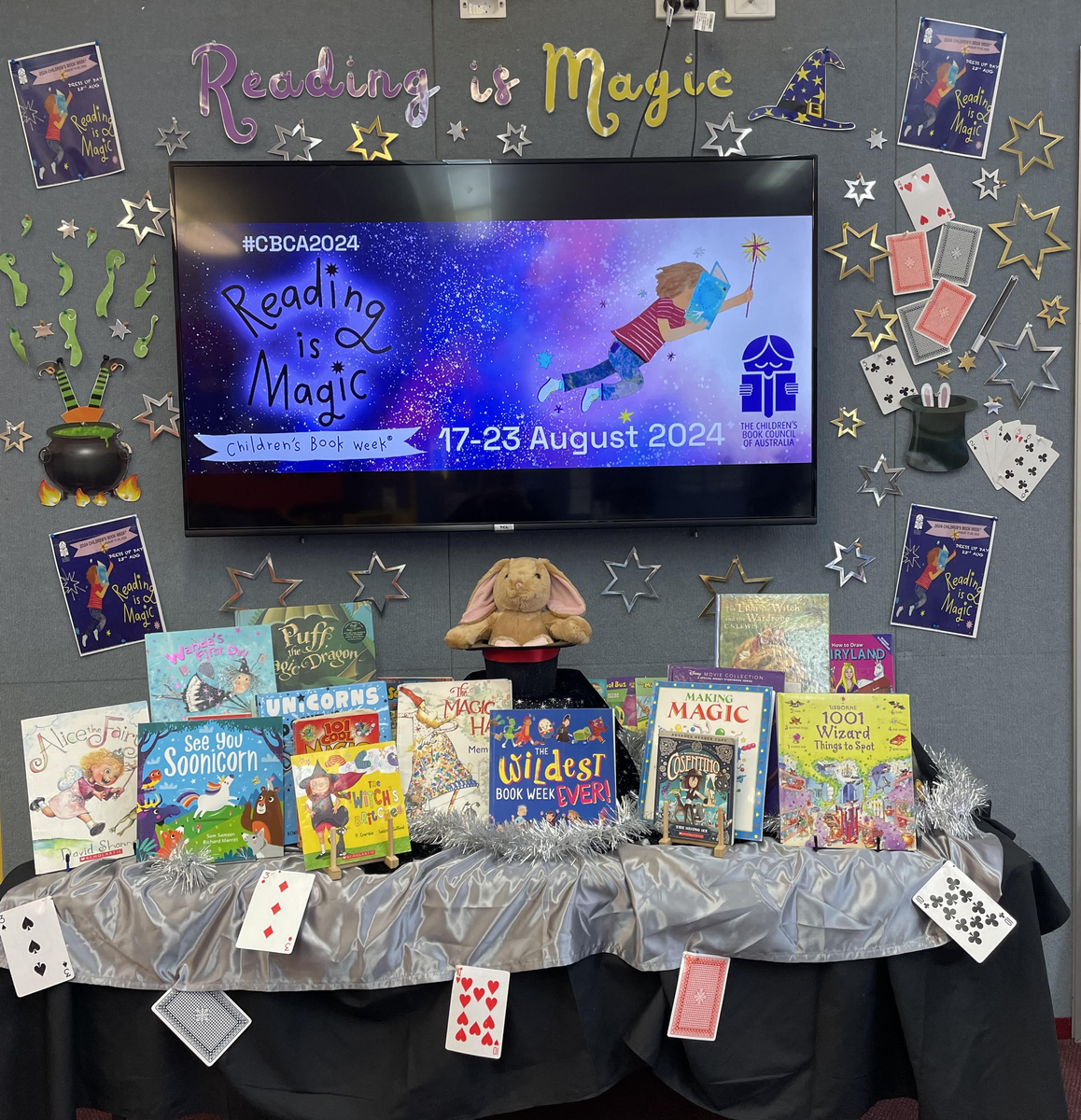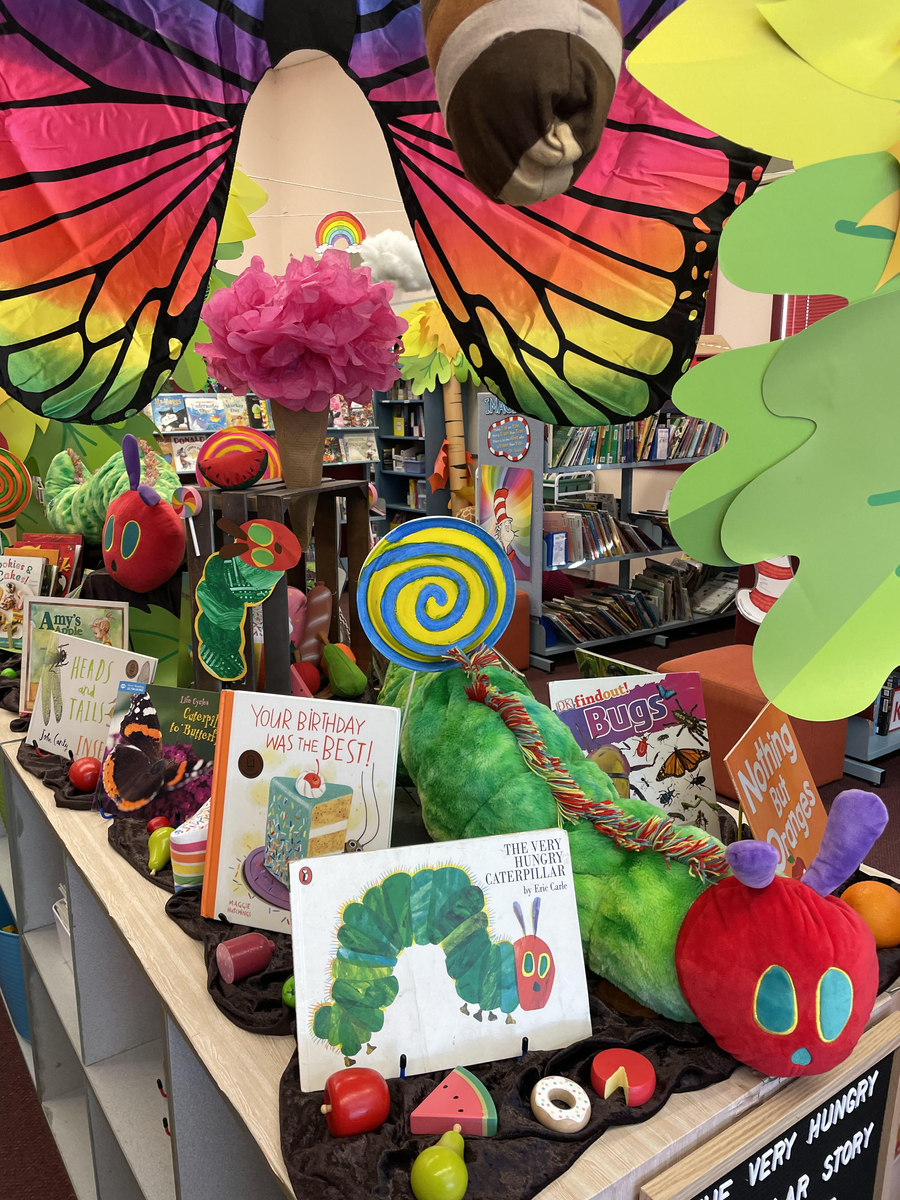Learning Enhancement

High Impact Strategy #6: Multiple Exposures
We have all been in a situation where we needed a few attempts to get things right, or to see something done more than once before having the confidence to try it for ourselves - learning to drive, for example.
It takes ‘three or four experiences involving interaction with relevant information for a new knowledge construct to be created in working memory and then transferred to long-term memory’ (Nuthall, 2000, p.93).
In the classroom multiple exposures provide students with a series of opportunities to encounter, engage with, and elaborate on new knowledge and skills. It is not simple repetition or drill work. Research demonstrates that deep learning is developed over time via multiple and spaced interactions with new knowledge and concepts. This may require spacing out practice across several days, and using different activities to vary the interactions learners have with the new knowledge.
To make the repetition meaningful, it is essential to clearly state the link between the learning intentions and the work being done. This fits with the HIT of Goal Setting – having a learning intention and success criteria for each lesson, or set of linked lessons.
Multiple exposures require planning and structure. They provide opportunities to re-engage, with concepts and ideas, and to practice new skills in different contexts. Planned, intentional repetition supports the transfer of learning by calling on prior learning.
It is important to offer feedback on how well a student is achieving the learning goals. Timely feedback on practice remediates student misunderstandings and prevents them repeating mistakes in multiple exposures. Feedback also informs teacher practice and pinpoints where teaching strategies need be adapted.
In the Foundation classes, multiple exposure to letters, sounds, numbers and number patterns are needed for students to commit the knowledge to their memory. Presenting it daily and revisiting it weekly and then in regularly spaced intervals will give practice, consolidate what is known and enable students to use their prior knowledge for the next steps in their learning.
The spiral curriculum, clearly seen in the Victorian Curriculum across subjects, and particularly in Mathematics and English, is a way of organising learning that encourages the revisiting of topics and concepts, building on previously learnt material in a cyclical and spiralling manner.
By revisiting topics, students gain a greater understanding of concepts and can apply this knowledge more effectively in practical or real-world situations.
regards
Jen McKillop
Eloise Liddell
Jess Moodie
Library News
BOOKCLUB
LAST CHANCE - Issue 5 Scholastic BookClub closes TODAY Friday 2nd Aug. Don't miss out on the 3 FREE BOOK OFFER! Follow the instructions online to participate. Remember that all payments are to be made online via Loop. To make payments visit scholastic.com.au/LOOP or download the LOOP app. If assistance is required with this please let us know so we can help you. Every order earns FREE books and learning resources for our school.
BOOK WEEK
Book Week this year runs from Mon 19th - Fri 23rd August. The theme for this year is ‘Reading is Magic'. Dress up day will be held on Friday 23rd. We look forward to seeing the students and teachers' costumes.
This Term the students from 1/2 have been exploring "Schoolyard Safari" in their Inquiry lessons. They have enjoyed visiting the library and checking out all our bug books.
ICAS Letter







